Search
Search Results
-
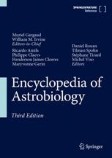
-
Radio Emission Spectrum of Supernova Remnant G74.9+1.2
AbstractMeasurements of the flux densities of the supernova remnant (SNR) G74.9+1.2 (CTB 87) at frequencies of 4840 and 8450 MHz were carried out...

-
Morphology and Spectra of the Galactic Supernova Remnant G18.1-0.1 from SRG/eROSITA Data
AbstractWe present the results of our analysis of the observations of the supernova remnant (SNR) G18.1-0.1 performed with the eROSITA X-ray...

-
Supernova Remnants: Types and Evolution
Although only a small fraction of stars end their lives as supernovae, all supernovae leave behind a supernova remnant (SNR), an expanding shock wave...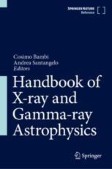
-
A strangely light neutron star within a supernova remnant
To constrain the equation of state of cold dense matter, astrophysical measurements are essential. These are mostly based on observations of neutron...

-
Optical reconstruction of dust in the region of supernova remnant RX J1713.7−3946 from astrometric data
The origin of the radiation observed in the region of the supernova remnant RX J1713.7−3946, one of the brightest TeV emitters, has been debated...

-
Diffuse Supernova Neutrino Background
Neutrinos are the second most ubiquitous Standard Model particles in the universe. On the other hand, they are also the ones least likely to...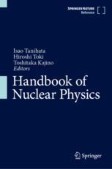
-
Supernova Remnants: Types and Evolution
Although only a small fraction of stars end their lives as supernovae, all supernovae leave behind a supernova remnant (SNR), an expanding shock wave...
-

-
Variability of the Spectrum of the Young Supernova Remnant G11.2-0.3
AbstractThe spectrum of G11.2-0.3 has been refined by bringing the published intensity measurements to the “artificial moon” flux scale, and the...

-
A precursor interpretation for the Crab supernova 1054 A.D. very early light curve
In spite that the Crab supernova in 1054 A.D. was studied over the years, it is still not clear what type of event produced the explosion. The most...

-

-
Potential PeVatron supernova remnant G106.3+2.7 seen in the highest-energy gamma rays
Cosmic rays (protons and other atomic nuclei) are believed to gain energies of petaelectronvolts (PeV) and beyond at astrophysical particle...

-
Diffuse Supernova Neutrino Background
Neutrinos are the second most ubiquitous Standard Model particles in the universe. On the other hand, they are also the ones least likely to...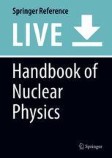
-
Nonthermal Processes and Particle Acceleration in Supernova Remnants
Shocks of supernova remnants (SNRs) accelerate charged particles up to ∼100 TeV range via diffusive shock acceleration (DSA) mechanism. It is...
-

-
Early color photometry of a possible type Iax supernova 2023mnc: inferring the distance and progenitor constraints
Early-time radioactive signals from type Ia supernovae (SNeIa) can provide important constraints on the explosion mechanism and the progenitor...

-
Supernova Remnant Evolution
After the supernova explosion about 1051 erg of kinetic energy is dispersed in the ambient medium of the supernova.
-
Some Possible Identifications of ROSAT Sources with Historical SN Events
We discuss 3 cases, where a supernova remnant, found by ROSAT in Xrays, might correspond to an historic Supernova event recorded in ancient Chinese...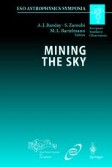
-
Theory of Supernova Explosions
This chapter describes the physics of the spectacular core collapse supernova explosions (CCSN) of stars with masses larger than 8 solar mass. It...
